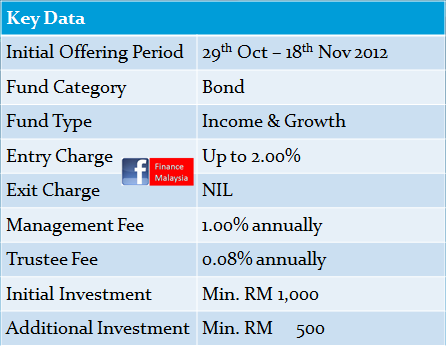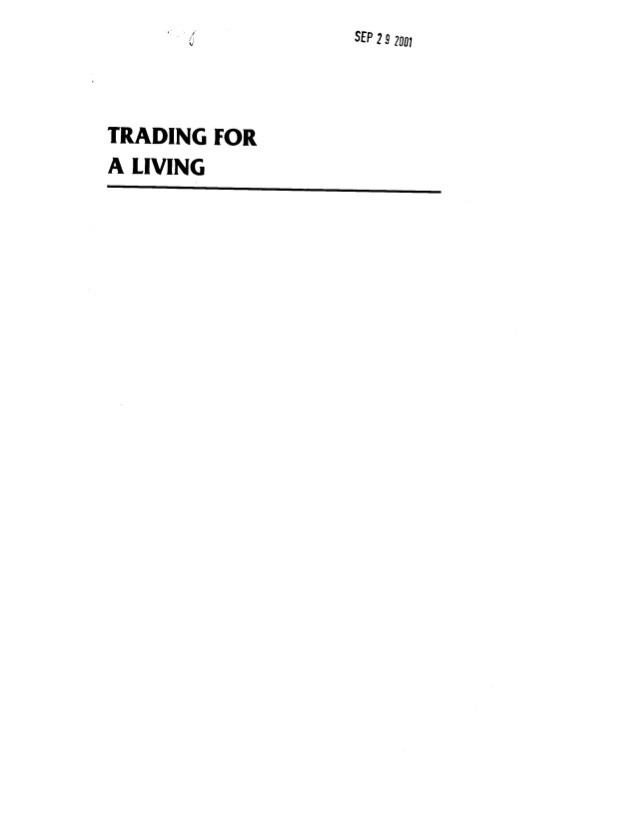Beware Going Tactical Allocation Guru Warns
Post on: 16 Март, 2015 No Comment

Beware Going Tactical, Allocation Guru Warns
February 19, 2014 Dan Jamieson
Advisors might be sorely disappointed with tactical investment managers who use valuation measures to reduce or increase equity exposure, according to asset-allocation guru Roger Gibson.
Gibson, speaking Wednesday at the CFA Institutes wealth management conference in Garden Grove, Calif. said that a majority of financial advisors say they are now using tactical strategies based on equity valuation measures.
Yet its impossible to predict future returns that way, he said. For example, in each of the years 1930, 1954 and 1990, stocks had 10-year normalized P/E ratios of 16.6, Gibson said, but had widely varying returns over the next 10 years: More than 15 percent compounded from 1990, but less than 5 percent after 1930.
The irony of tactical allocation that is valuation-based is that, because [of the way investors react], it prevents anyone from taking advantage of it, he said, waving copies of the now-infamous 1999 book, Dow 36,000, which sold well at the time, versus Robert Shillers book, Irrational Exuberance, a warning about an overvalued market published in 2000 that met with more limited success.
Gibson, founder and chief investment officer of Gibson Capital LLC, is best known for his own book, Asset Allocation: Balancing Financial Risk (2013, fifth edition, McGraw-Hill Publishing).
He chided advisors who abandoned asset allocation after the financial crisis because they were upset that all asset classes, except high-quality bonds, suffered losses.
From 1972 through 2013, there have been four instances when U.S. stocks, foreign stocks, real estate securities and commodities all lost ground in the same year, he said.
Theres nothing unique that they failed at the same time — that happens periodically, Gibson said.
Sticking with diversified portfolios of different asset classes is not easy for advisors, he said. Gibson used himself as an example.

The year 1998 was my worst year in the business, he said. I had a one-third contraction in assets from 1998 to 1999. Clients told me, Youre a nice guy and I know you wrote the book [on asset allocation], but you didnt get the bulletin. Youre managing money according to the principals of yesteryear.
Some clients demanded to be in large-cap growth, he said, and wanted to eliminate real estate and commodities. They wanted to get rid of everything that was going to help them out.
Gibson also told advisors they might want to weight portfolios in favor of U.S. stocks, since clients benchmark returns to domestic equities.
If stocks are up 29 percent as happened last year, but clients diversified portfolios return just 8 percent, they wont be happy. In contrast, if U.S. stocks are down and other asset classes combine to produce that same 8 percent return, clients will have no problem, he said.
That frame-of-reference risk is the biggest behavioral risk for anyone following a model portfolio of different asset classes, Gibson said. The biggest market inefficiency is in the client.














